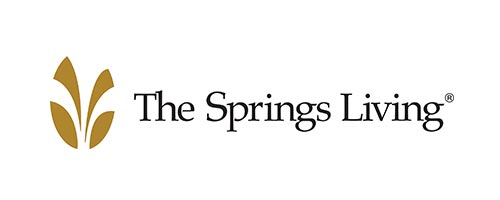Articles
The Journal on Active Aging brings articles of value to professionals dedicated to older-adult quality of life. Content sweeps across the active-aging landscape to focus on education and practice. Find articles of interest by searching the article archives in three ways: Enter a keyword in the articles search bar; click on search by topic; or type a keyword or phrase in the general search bar at the top of the page.

Strategies to support healthy weight management by Ronda Gates, MS, RPH
The statistics from the US Centers for Disease Control and Prevention (CDC) are daunting: Almost two-thirds of older Americans weigh too much. According to nutritionist Beth Reames, PhD, of the Louisiana State University Agricultural Center, 75% of these overweight and obese individuals fall into the 51–69 age group. Furthermore, “people ages 60 through 75 experienced the highest increase in obesity of any age group in the US” from 1984 to 2000, adds CDC epidemiologist Cynthia Ogden.
moreWeight management

Take A.C.T.I.O.N. for wellness by Mary E. Sanders, PhD
Today’s older adults will not accept situations that aren’t working, and “they will take action to keep attention focused on their key issues,” says healthy aging advocate Colin Milner. One key issue for this population is wellness and functional health. Milner, who leads the International Council on Active Aging (ICAA), identifies physical activity as a low-cost medicine that helps adults ages 50 and older reduce their discomfort and dependence on pharmaceuticals and maintain their independence.
moreAquatics

Hiring the people skills by Patricia Ryan, MS
Why do some instructors inspire their participants to one more walk, a bit of laughter and a must-attend Tuesday class? Why can one staff member start a walking club and lure previously inactive residents to join in the fun, while another just can’t seem to get a club started?
The answer is probably found in people skills. Also called soft skills, people skills are the harder-to-measure qualities that enable a person to work well with older adults. You probably recognize people skills in your most effective staff members. These individuals enjoy working with older adults. They are pleasant and personable, easy to talk to, and comfortable around people.
Leadership

Fitness at large: physical activity programs for obese older adults by Heather O. Chambliss, PhD, and Steven N. Blair, PED
In the United States today, current health initiatives focus on the prevention and treatment of obesity, a public health problem that has gained widespread attention. Obesity is typically classified according to body mass index (BMI), a measurement that equals weight in kilograms divided by height in meters squared. A BMI greater than 30 kg/m2 indicates obesity.
moreWeight management

Body image and dissatisfaction in middle and late life by Shari Feuz
At age 68, Carol’s exercise goals are to maintain her health, improve her balance and flatten her tummy. Seventy-two-year-old Joan works out to improve her bone density and to trim down. These real-life examples show that concerns about body weight and appearance can stay with us into our later years, and that adults of all ages want to shape up and look youthful. Some will go to great lengths to do so. This begs the question: Do body image issues persist across the life span?
moreEmotional wellness

Armchair pilates by Moira Merrithew
Pilates is a mind-body system that emphasizes controlled movements and conscious breathing patterns. This gentle activity provides many benefits that not only attend to some physical concerns of aging, but also help clients achieve greater well-being and self-esteem through their golden years.
more































